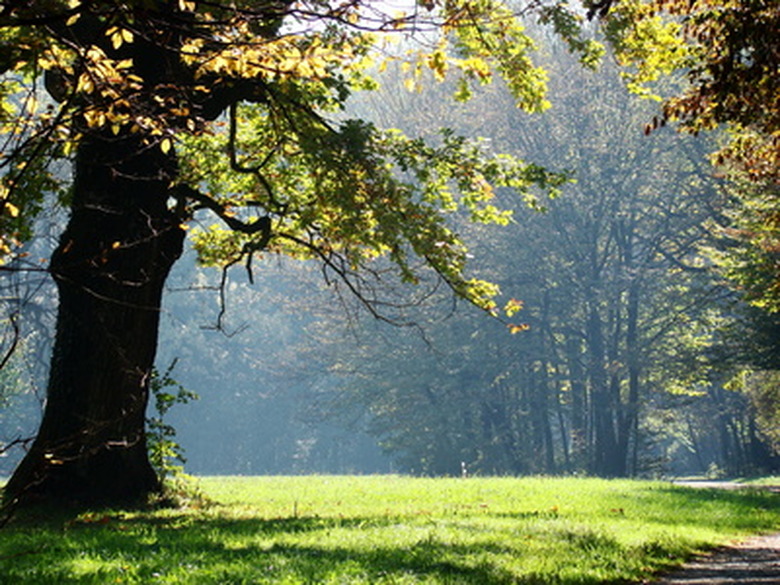Common Oak Trees Of Texas
Oak trees are a common sight in the state of Texas. With more than 50 varieties throughout the state, these species are considered very important to the Texas wildlife as they provide acorns for food and shelter with their limbs or fallen wood. Although there are many types of oaks in Texas, a few are more common than others. Identifying the common oak trees in Texas is a matter of learning some of their characteristics.
Post Oak
The post oak grows throughout the majority of the Texas landscape and is one of the state's most significant trees when it comes to providing food to wildlife. The post oak produces a large amount of acorns in comparison to its cousin species. The post oak typically is found growing wild and generally is not used for landscaping purposes. When the post oak's soil is disturbed or compacted, these types of trees often die, according to the Texas A&M University's horticulture website. The leaves on the post oak turn brown or reddish in the fall and drop to the ground. The trees survive best in sandy soil with small amounts of rainfall.
- Oak trees are a common sight in the state of Texas.
- With more than 50 varieties throughout the state, these species are considered very important to the Texas wildlife as they provide acorns for food and shelter with their limbs or fallen wood.
Live Oak
The live oak is not the tallest of the ok tree varieties, but it is a big tree because of its ability to spread it limbs over a large area for shade. Often the live oak tops out at about 50 feet tall, but the branches spread as much as 100 feet across. This slow-growing oak tree can live for hundreds of years; there is a live oak growing in Goose Island State Park estimated to be around 1,200 years old. The live oak sheds its leaves in the late winter but grows new leaves back very quickly, making this variety "almost" evergreen.
Texas Red
The Texas red oak is a small oak tree that typically grows between 30 and 50 feet tall, with some trees getting as high as 75 feet in optimum conditions. The tree's branches spread wide and have an almost black bark on them. The leaves of the red oak turn bright red in the fall before dropping off. The Texas Red Oak prefers alkaline soils atop limestone and slightly acidic gravels and sands. This variety of oak tree most commonly is found in central Texas and in the north-central portion of the state and west to the Pecos River, according to the Texas A&M horticulture website.
- The live oak is not the tallest of the ok tree varieties, but it is a big tree because of its ability to spread it limbs over a large area for shade.
- The live oak sheds its leaves in the late winter but grows new leaves back very quickly, making this variety "almost" evergreen.
